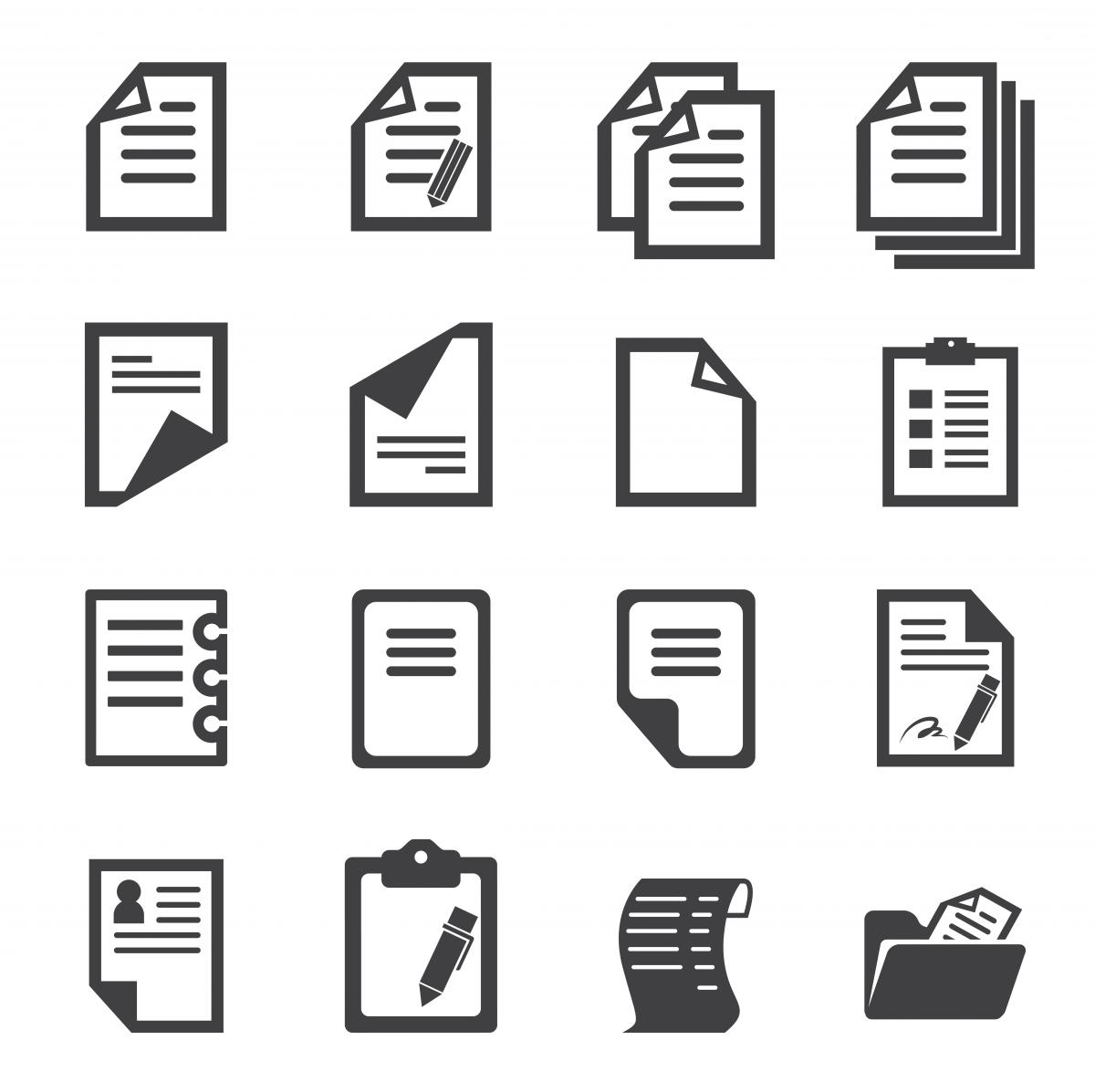Is That Documented Anywhere?
 By now, it’s the standard joke on social media that if you don’t document an experience, it didn’t happen.
By now, it’s the standard joke on social media that if you don’t document an experience, it didn’t happen.
But documentation isn’t something to make light of in the engineering world. Proper record-keeping is crucial, even if it can be time-consuming. It’s important to establish good documentation habits — and to organize records so they’re available when needed.
Who knew that when a project we designed 20-plus years ago required repairs, we would be asked to track down answers about the decisions behind a certain feature of the structure? The paper records were no longer available, but we located the documentation in the minutes of a client meeting from that time period.
Here are things to consider when determining the best tools and techniques for project documentation.
Why document
Good records:
- Demonstrate professional responsibility and show careful client care
- Help with clear communication and assist in decision-making
- Track tasks to be completed and establish an audit trail
- Provide evidence of due diligence in case of legal proceedings
What to document
Focus on the most important aspects of the project, what needs to be tracked along the way and what will be needed for reference in the future. Try not to document unnecessary information while neglecting important items.
How to document
Consider the purpose of each tool and how best to use it.
Examples:
- Meeting minutes: Should be taken by someone designated at the outset so notes are thorough. Establish whether it’s essential to record what each person said or whether a summary of actions is enough.
- Decision log: Can show all stakeholders how a decision was reached and who was involved. It can help bring clarity when a single option must be chosen from multiple alternatives, or there is significant disagreement among the parties
- One-page reports: A distinguishing feature of Freese and Nichols projects to provide regular updates for clients. This can be used to track outstanding tasks and who is responsible for completing them.
When to document
Do it regularly, systematically and as soon as possible after an event. Example: Send meeting minutes within a day or two after the event, giving those attending a deadline for submitting comments/amendments before minutes are finalized.
Set up a standard location where documentation can be found and accessed easily and establish the expectation that records will be kept up to date.

